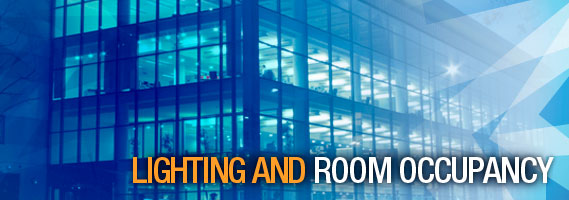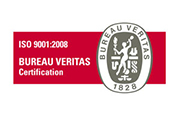
A lighting control and room occupancy system consists of devices and that controls electric lighting and devices.
Lighting control & room occupancy is one of the sub systems of BMS (Building management system) and a key element for EMS (Energy management systems). Lighting any workplace costs money, yet most businesses lose profits daily by operating lights in unoccupied areas. Those profits can be regained with a lighting control system that can switch lights on and off based on occupancy, time of day and the room’s ambient light level.
Occupancy sensors controls lighs by detecting movement in work areas and based on the occupancy of the room automatically turn lights on when people enter a room and off when people have left.
Daylight Harvesting
Controlling lights with daylight harvesting involves the ability to fine-tune the light output according to how much sunlight enters a room. This is accomplished by installing light sensors in strategic areas; the light sensor measures the lux level around the sensor and then adjusts the lighting panels in that area maintaining the luminous within the room.
The U.S. Environmental Protection Agency estimates average saving potential:
| Space Type | Savings Potential |
|---|---|
| Private office | 13–50% |
| Conference room | 22–65% |
| Classroom | 40–46% |
| Restrooms | 30–90% |
| Corridors | 30–80% |
| Store areas | 45–80% |
Used properly a lighting control system can be a cost-effective way to reduce the operating time of lighting systems, resulting in outstanding energy savings and short term return on investments.










